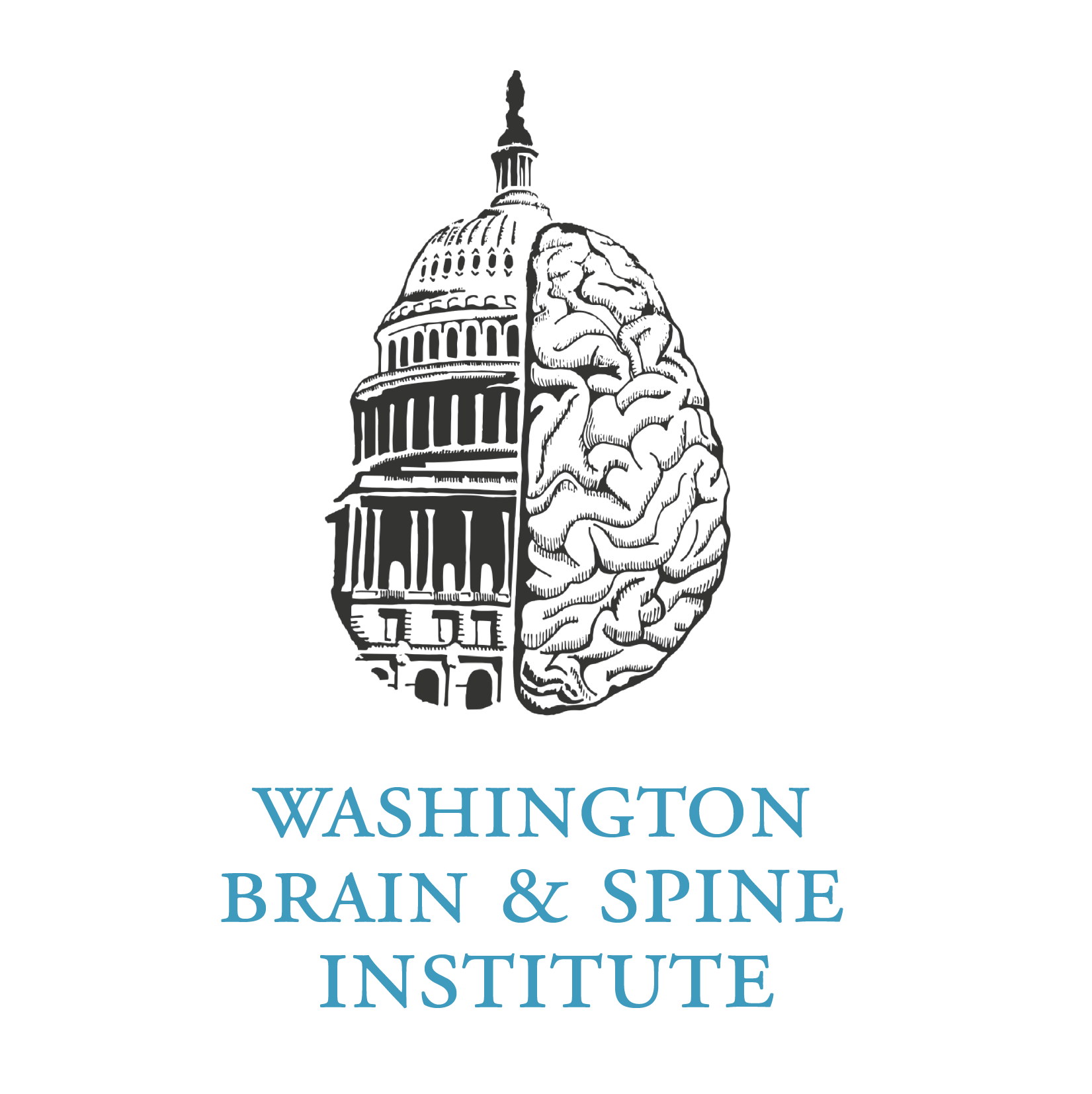Deep Brain Stimulation Is Not Experimental
There is a commonly held misconception that Deep Brain Stimulation (DBS) is an experimental treatment for end-stage Parkinson's Disease, Essential Tremor (ET) and other movement disorders. Why would you have BRAIN SURGERY! when a pill can do the same thing? The data demonstrate that DBS is better than "best medical therapy" for Parkinson's Disease. Others suffering from dystonia often have no real medical options. From a patient perspective, the idea of any kind of surgery, especially brain surgery, can be scary. From a physician perspective, the idea of using surgery for treatment when "less invasive" methods are available seems antithetical: "First, do no harm." I hope to shed some light on DBS, its safety and efficacy.
The FDA approved DBS for tremor in 1997, for Parkinson's Disease (PD) in 2001 followed by approval for Dystonia (2003) and Obsessive Compulsive Disorder (2009). Data accumulated over many years and procedures, critically evaluated by the FDA and its counterpart in the European Union led to the conclusion that DBS is safe and effective for all of these disorders. However, safe and effective therapy does not always mean it's the BEST therapy. The next task was to determine whether DBS is better than medical therapy and if so, who would benefit the most. In other words, who would benefit the most from DBS and when do we proceed with surgery instead of medication?
Do we reserve surgery for those people who have "failed" medical therapy? Do we operate on everyone with a diagnosis that is approved for DBS? When do the benefits of surgery outweigh the risks in addition to outweighing the benefits of non-surgical management? The best studies for this have been done in PD. According to at least two studies, DBS is superior to "best medical therapy" in PD. DBS for ET is much more effective at short and long term tremor control. In one study, DBS patients demonstrated a 90% reduction in tremor versus a 50% reduction with medication. In many cases of generalized dystonia, DBS is the only effective treatment. It is often considered "first-line" therapy in these circumstances. In short, DBS is superior to medical therapy for these diagnoses, for the right person. Who is the right person?
Candidacy for DBS is a decision based on collaboration among the treating doctors. In general people in the advanced stages of disease with significant cognitive problems or issues with memory, are not good candidates for DBS. People with PD are best evaluated for surgery every four years from the time of diagnosis. As the disease progresses and medication frequency increases, or you experience significant side effects from the medication, DBS might offer significant benefit. For those with ET, DBS can be used to replace medication, which is often not as effective or causes significant side effects. It is best to see a neurologist trained in movement disorders with experience programming and managing DBS. After evaluation and possible medication adjustments, the neurosurgeon is consulted if DBS is considered a good fit. The neurosurgeon should also be experienced in the procedure. The more experienced your specialists, the better the outcome.
DBS is surgery and there are risks. Those risks can be scary. The risk of bleeding in the brain is about 2% with the vast majority being asymptomatic. Infection is also a risk and is rarely centered or associated with the brain. The risk for infection is about 3-5%. However, the potential benefit from the surgery is so great that the surgery is considered safe and effective. Selecting the right team will help control those risks. Most importantly, the patient needs to discuss these risks with their surgeon and neurologist prior to making any decisions.
In summary, DBS is a well established, FDA approved surgery for movement disorders and OCD. Other indications are on the horizon but need more investigation. Experienced doctors will offer the best advice and provide the least risky approach. The decision to have surgery is always under the patient's control. DBS is often the best treatment for PD, ET and dystonia. Gather information, assess carefully and ask questions. Find the path that is best for you with the doctors that are best suited for you.
References
Deep‐Brain Stimulation for Parkinson's Disease Study Group. Deep‐brain stimulation of the subthalamic nucleus or the pars interna of the globus pallidus in Parkinson'sdisease. N Engl J Med. 2001 Sep 27;345(13):956‐63.
Weaver FM, Follett K, Stern M, et al. Parkinson disease: a randomized controlled trial. JAMA. 2009 Jan 7;301(1):63‐73.
Williams A, Gill S, Varma T, et al. Deep brain stimulation plus best medical therapy versus best medical therapy alone for advanced Parkinson's disease (PD SURG trial): a randomised, open‐label trial. Lancet Neurol. 2010 Jun;9(6):581‐91
Deusch; G, Raethjen J, Hellriegel H and Elble R. Treatment of patients with essential tremor. Lancet Neurol. 2011 Feb;10(2):148-61.
Volkmann J, Wolters A, Kupsch A, Müller J, Kühn AA, Schneider GH, et al. DBS study group for dystonia. Pallidal deep brain stimulation in patients with primary generalised or segmental dystonia: 5-year follow-up of a randomised trial. Lancet Neurol. 2012 Dec;11(12):1029-38. doi: 10.1016/S1474-4422(12)70257-0. Epub 2012 Nov 1.
